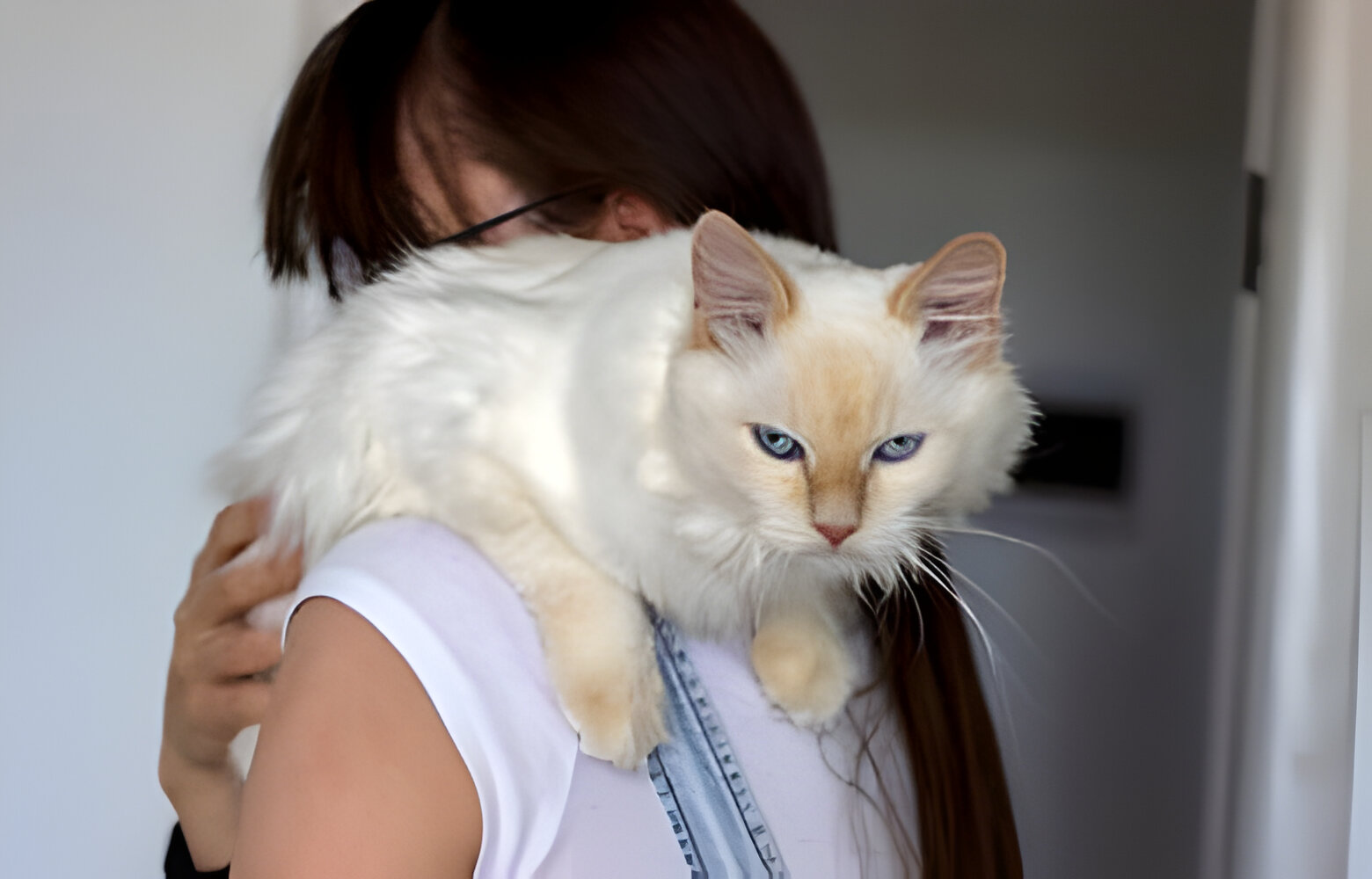Cats, with their mysterious and sometimes aloof nature, have long been subjects of fascination for humans. Their behaviors often leave us pondering about what goes on in their minds. One such behavior that cat owners frequently observe is what appears to be jealousy.
Many cat owners have stories of their feline friends seemingly acting jealous when attention is diverted to another person or pet. Whether it’s a new baby, another cat, or even a beloved object, some cats exhibit behaviors that suggest they are experiencing jealousy.
But can cats truly experience jealousy, or are their actions merely a manifestation of something else? To answer this question, we must delve into the complexities of feline behavior and emotions.
Understanding Jealousy in Cats
Jealousy is commonly defined as the feeling of resentment or bitterness towards someone, or something perceived as a rival. It often arises in situations where there is a perceived threat to one’s status, possessions, or relationships.
In humans, jealousy is a complex emotion rooted in social interactions, self-awareness, and cognitive abilities. It involves the ability to recognize and compare oneself to others, along with feelings of insecurity or fear of loss.
When it comes to cats, researchers and animal behaviorists have debated whether they possess the cognitive and emotional capacity to experience jealousy in the same way humans do. While cats are undoubtedly sentient beings with a range of emotions, their experiences and expressions of jealousy may differ from those of humans.
Evidence of Jealous-Like Behaviors in Cats
Despite the lack of conclusive evidence, many cat owners report observing behaviors in their pets that resemble jealousy. Some common examples include:
1. Attention-Seeking Behavior:
Cats may become more demanding of attention or affection when they perceive their owners interacting with another person or pet.
2. Aggression or Acting Out:
In some cases, cats may exhibit aggressive behaviors towards perceived rivals or even engage in destructive behaviors as a response to perceived neglect.
3. Resource Guarding:
Cats may display possessive behaviors over their toys, food, or sleeping areas, especially in the presence of other cats or pets.
While these behaviors may appear to be indicative of jealousy, they can also be attributed to other factors such as territoriality, insecurity, or a desire for social hierarchy.
The Role of Social Dynamics
Cats are solitary hunters by nature, but they are also capable of forming social bonds with humans and other animals. However, their social dynamics differ significantly from those of pack animals like dogs.
In multi-cat households, for example, cats may establish hierarchies and compete for resources such as food, territory, and attention. This competition can sometimes manifest as behaviors that resemble jealousy, but they are more likely driven by instincts related to survival and social structure.
Interpreting Feline Behavior
Understanding cat behavior requires a nuanced approach that considers individual differences, environmental factors, and social dynamics. While cats may exhibit behaviors that appear to mirror jealousy, it’s essential to interpret them within the context of their unique personalities and experiences.
Moreover, anthropomorphizing—attributing human emotions and intentions to animals—can lead to misunderstandings and misinterpretations of their behaviors. While it’s natural for humans to project their emotions onto their pets, it’s essential to remember that cats perceive and respond to the world differently than we do.
Creating Harmony in Multi-Pet Homes
For cat owners living in multi-pet households, fostering harmony among pets is crucial for their well-being and quality of life. Here are some tips for managing relationships between cats and other pets:
1. Provide Adequate Resources:
Ensure that each pet has access to their food, water, litter box, and personal space to reduce competition and potential conflicts.
2. Promote Positive Interactions:
Encourage positive interactions between pets through supervised play sessions, shared activities, and rewards for good behavior.
3. Respect Individual Boundaries:
Recognize and respect each pet’s boundaries and preferences and avoid forcing interactions or imposing hierarchy.
4. Address Behavioral Issues:
Consult with a veterinarian or animal behaviorist if you notice signs of stress, aggression, or territorial behavior in your pets.
By fostering a supportive and harmonious environment, you can help mitigate conflicts and promote positive relationships between your pets.
While the question of whether cats can experience jealousy remains open to debate, there’s no denying the complexity of feline behavior and emotions. Cats are sentient beings capable of forming deep bonds with their human companions and other pets.
Whether or not cats experience jealousy in the same way humans do, their behaviors offer valuable insights into their needs, preferences, and social dynamics. By understanding and respecting their unique perspectives, we can strengthen our relationships with our feline friends and provide them with the love, care, and attention they deserve.
In conclusion, while cats may exhibit behaviors that resemble jealousy, it’s essential to approach their emotions and behaviors with empathy, understanding, and a recognition of their individuality as sentient beings. Through observation, patience, and mutual respect, we can deepen our bonds with our feline companions and create enriching and fulfilling relationships that benefit both humans and cats alike.

